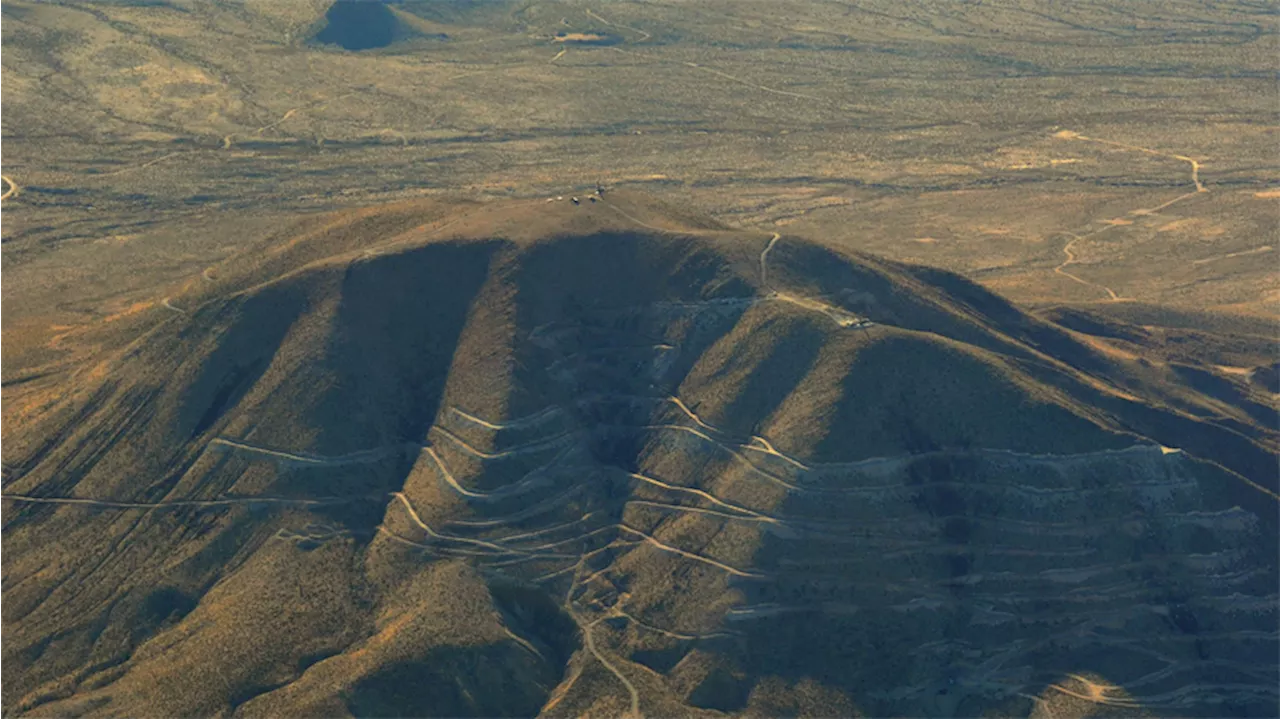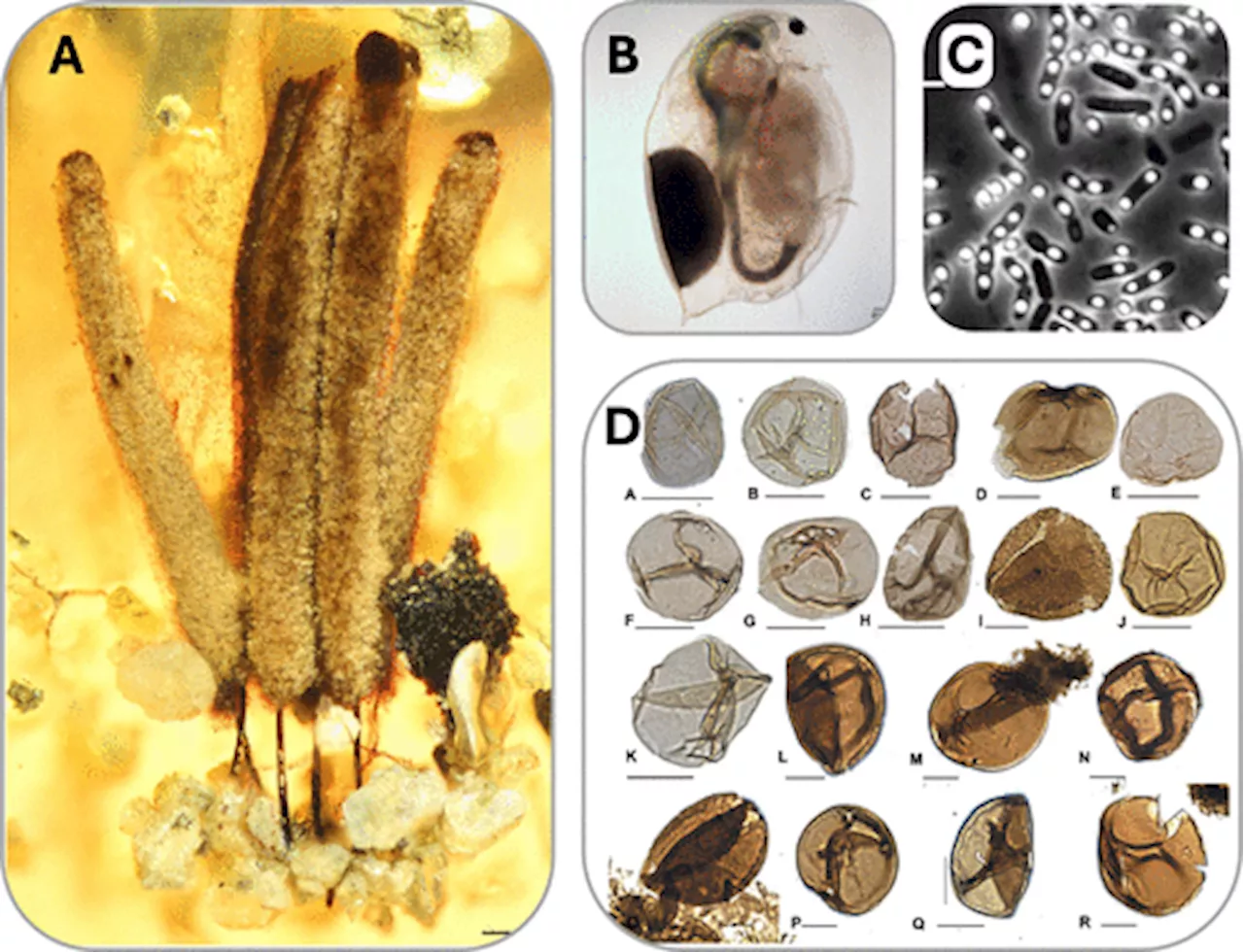Nanotube bridge networks grow between the most abundant photosynthetic bacteria in the oceans, suggesting that the world is far more interconnected than anyone realized.
Prochlorococcus bacteria are so small that you’d have to line up around a thousand of them to match the thickness of a human thumbnail. The ocean seethes with them: The microbes are likely the most abundant photosynthetic organism on the planet, and they create a significant portion—10 percent to 20 percent—of the atmosphere’s oxygen. That means that life on Earth depends on the roughly 3 octillion tiny individual cells toiling away.
“The results were so shocking in the field of marine cyanobacteria that we were, on the one hand, amazed, and on the other hand, we wanted to be completely sure.” They put the cells under four radically different kinds of imaging devices—not only a transmission electron microscope, which they had been using when they first spotted the structures, but also a fluorescence microscope, a scanning electron microscope, and an imaging flow cytometer, which images live cells as they zip by.
Science Health Bacteria Environment Oceans Biology Ecology
United States Latest News, United States Headlines
Similar News:You can also read news stories similar to this one that we have collected from other news sources.
 Detecting Methane on Earth-like Exoplanets: A Promising Path to Finding Life Beyond EarthA new study published in The Astronomical Journal explores the potential of using a statistical method called BARBIE to detect methane on Earth-like exoplanets. The study highlights the importance of methane as a biosignature and the challenges associated with its detection in the presence of other atmospheric components like water. The Habitable Worlds Observatory (HWO), planned for launch in the 2040s, will utilize advanced techniques to search for methane and other biosignatures on potentially habitable exoplanets, advancing our quest to find life beyond Earth.
Detecting Methane on Earth-like Exoplanets: A Promising Path to Finding Life Beyond EarthA new study published in The Astronomical Journal explores the potential of using a statistical method called BARBIE to detect methane on Earth-like exoplanets. The study highlights the importance of methane as a biosignature and the challenges associated with its detection in the presence of other atmospheric components like water. The Habitable Worlds Observatory (HWO), planned for launch in the 2040s, will utilize advanced techniques to search for methane and other biosignatures on potentially habitable exoplanets, advancing our quest to find life beyond Earth.
Read more »
 What if life on Venus is just life from Earth?Monisha Ravisetti is Space.com's Astronomy Editor. She covers black holes, star explosions, gravitational waves, exoplanet discoveries and other enigmas hidden across the fabric of space and time. Previously, she was a science writer at CNET, and before that, reported for The Academic Times.
What if life on Venus is just life from Earth?Monisha Ravisetti is Space.com's Astronomy Editor. She covers black holes, star explosions, gravitational waves, exoplanet discoveries and other enigmas hidden across the fabric of space and time. Previously, she was a science writer at CNET, and before that, reported for The Academic Times.
Read more »
 Alien: Earth Teaser Unveils Xenomorph Crash Towards EarthFX's new 'Alien' series, 'Alien: Earth', premieres on Hulu this summer, promising a terrifying continuation of the sci-fi horror franchise. A teaser reveals a xenomorph crash landing a spaceship on Earth, setting the stage for a desperate fight for survival.
Alien: Earth Teaser Unveils Xenomorph Crash Towards EarthFX's new 'Alien' series, 'Alien: Earth', premieres on Hulu this summer, promising a terrifying continuation of the sci-fi horror franchise. A teaser reveals a xenomorph crash landing a spaceship on Earth, setting the stage for a desperate fight for survival.
Read more »
 USA Rare Earth Achieves Breakthrough in Domestic Rare Earth ProductionUSA Rare Earth successfully produces high-purity dysprosium oxide from its Texas Round Top deposit, marking a significant advancement in domestic rare earth production.
USA Rare Earth Achieves Breakthrough in Domestic Rare Earth ProductionUSA Rare Earth successfully produces high-purity dysprosium oxide from its Texas Round Top deposit, marking a significant advancement in domestic rare earth production.
Read more »
 A Staggering Quarter of All Freshwater Life on Earth Is Going MissingThe Best in Science News and Amazing Breakthroughs
A Staggering Quarter of All Freshwater Life on Earth Is Going MissingThe Best in Science News and Amazing Breakthroughs
Read more »
 Dormancy Could Be One of the Keys to Life on Earth (and Beyond)Space and astronomy news
Dormancy Could Be One of the Keys to Life on Earth (and Beyond)Space and astronomy news
Read more »
